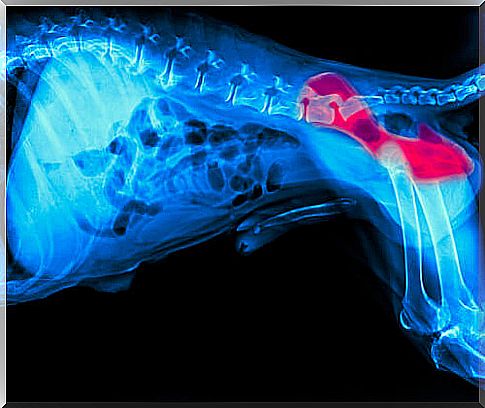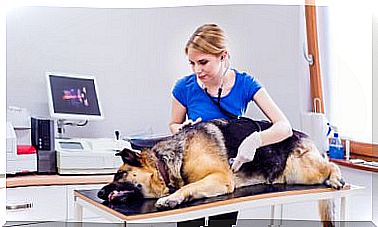Are Copper Collars Useful In Arthritis In Dogs?

Arthritis in dogs is one of the most common chronic conditions, especially in older dogs. This disease is characterized in people and dogs, by inflammation, stiffness and pain in one or more of the joints.
It is possible, if you know people who suffer from arthritis or joint problems, that you have seen some of them wearing a copper bracelet. People who use such devices say that they go a long way in alleviating the pain and stiffness associated with their disease.
What does copper do in the body?
Copper is an essential trace element. Copper derivatives have been known for decades to be effective anti-inflammatory agents.
We could not live without copper: among its tasks, it is to form a respiratory enzyme complex, which is common to all plants and animals. It is also a component of the liver, muscles, and bones.
Copper in collagen production and joint preservation
It is important to note that copper plays an important role in the maintenance of collagen and elastin, the main structural components of our bodies.
Without enough copper, the body cannot replace damaged connective tissue or collagen that forms the scaffold for bone. This can lead to a variety of problems, including joint dysfunction, as body tissues begin to break down.
Thus, contrary to what is found in many unscientific press reports, copper may have a role in relieving arthritis symptoms. In fact, some animal studies have indicated that copper – in small doses and taken by mouth – can help prevent or delay arthritis. For this reason, people wear copper bracelets for this purpose. However, no human studies have confirmed these benefits.

How to obtain adequate levels of copper?
Like people, dogs typically get the trace amounts of copper they need from their food. Foods high in copper include liver, shellfish, whole grains, beans, nuts, potatoes, green leafy vegetables, nuts, black pepper, and yeast.
Additionally, some water supplies have high levels of copper that can add up to 45% more copper than is obtained through diet.
On the other hand, there is experimental evidence that copper can be obtained through the skin. Bear in mind that given dogs’ fur, their collars are not in direct contact with their bare skin, so the copper would not be absorbed into the skin the way people might.
Can a copper collar help relieve arthritis in dogs?
There are no studies to support the use of copper collars as an adjunct in the treatment of arthritis in dogs. However, there is no reason not to wear a copper collar on your dog if you wish, as they are neither dangerous nor harmful.

The collar does not interfere with the actions of the medications that your dog may be taking. Therefore, there is no medical reason to discourage its use.
Are there other non-drug alternatives to relieve arthritis in dogs?
In general, it is not recommended to substitute drug treatment for your dog’s pain and stiffness with alternative treatments. The latter should be adopted as coadjuvant measures in the treatment.
Like the copper collar, there is no harm in trying a magnetic collar on your own dog if you wish. And if you’re determined to try one or the other, other non-drug options, such as cannabis oil, hydrotherapy, or physical therapy, will likely be helpful as well.









